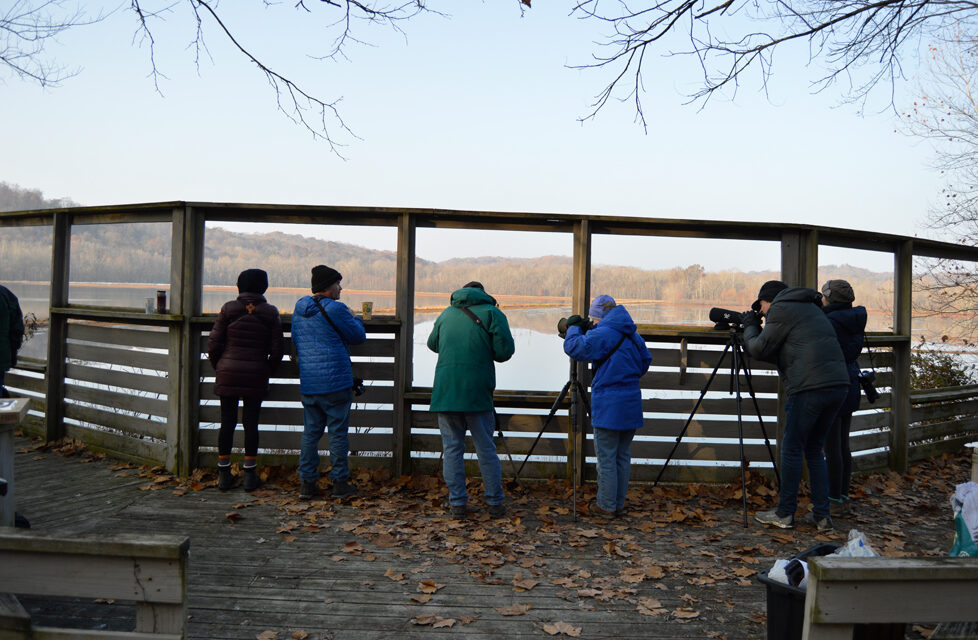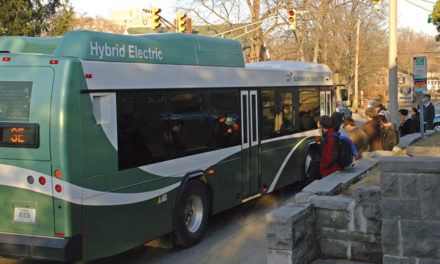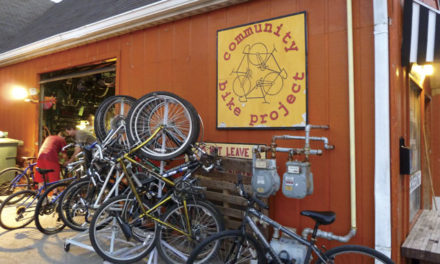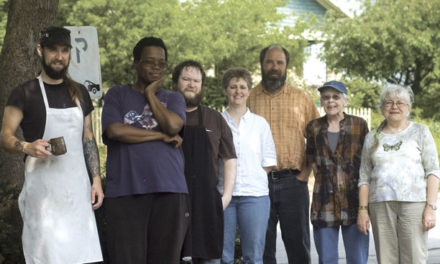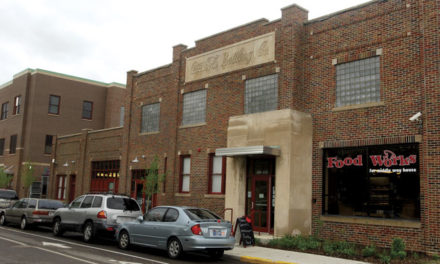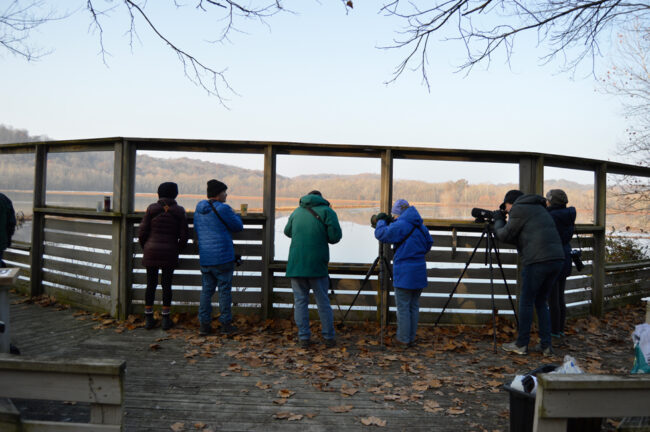
by ANNA GROOVER
Before people can begin to care about saving bird species, they need to understand why it’s important. The fact is, bird conservation supports everything from the economy to the ecosystem. Birds pollinate flowers and disperse seeds, minimize insect pest populations, and serve as literal canaries in the coal mine, helping ecologists measure the health of natural habitats. For 50 years, the Sassafras Audubon Society (SAS) has been educating people in south-central Indiana about the importance of sustaining bird populations.
One popular educational program is the group’s monthly bird walk, which is free and open to the public. David Rupp of IndiGo Birding serves as a guide to a different natural area on each outing, and a board member hosts the event. “If you’re interested in birds, we’re happy to see you, whatever your level of skill,” says SAS vice- president Geoff Conrad.
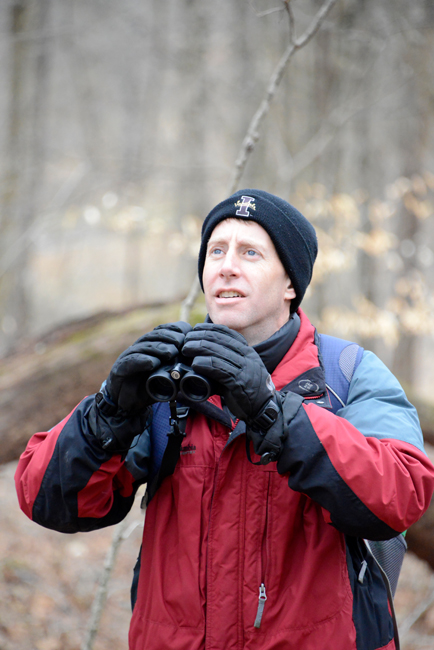
Amanda Kelly, SAS board member and education chair, runs the group’s Great Backyard Bird Count program in February, when schoolchildren learn about birds and collect data about their presence and activity. While the program takes place internationally, Kelly organizes it on a local level, usually reaching between 450–500 elementary school students at eight to nine schools in Monroe, Brown, and Greene counties.
It’s a serious initiative—the data collected helps scientists understand how bird populations across the country are doing—but both she and the students find joy in it. “The kids love imitating the bird calls,” Kelly says. “Imagine being surrounded by 20 second graders all making a mourning dove call at the same time.”
Board member Rob Hongen says that Monroe County is an oasis for birds, thanks in large part to its rolling hills, mostly untouched by agriculture, and an abundance of forested state parks and bodies of water. Within the county’s confines, there is also avian diversity. For example, Hongen says the county’s west side features a prairie-like landscape different from the east side and attracts birds like meadowlarks and dickcissels.
As to why the members of the SAS are attracted to birding, Kelly says it gives her a constant connection to nature. “What other animals are so present that you can go see them everywhere?” she points out. “They’re around, so you might as well know about them.”
For more information, visit sassafrasaudubon.org.


